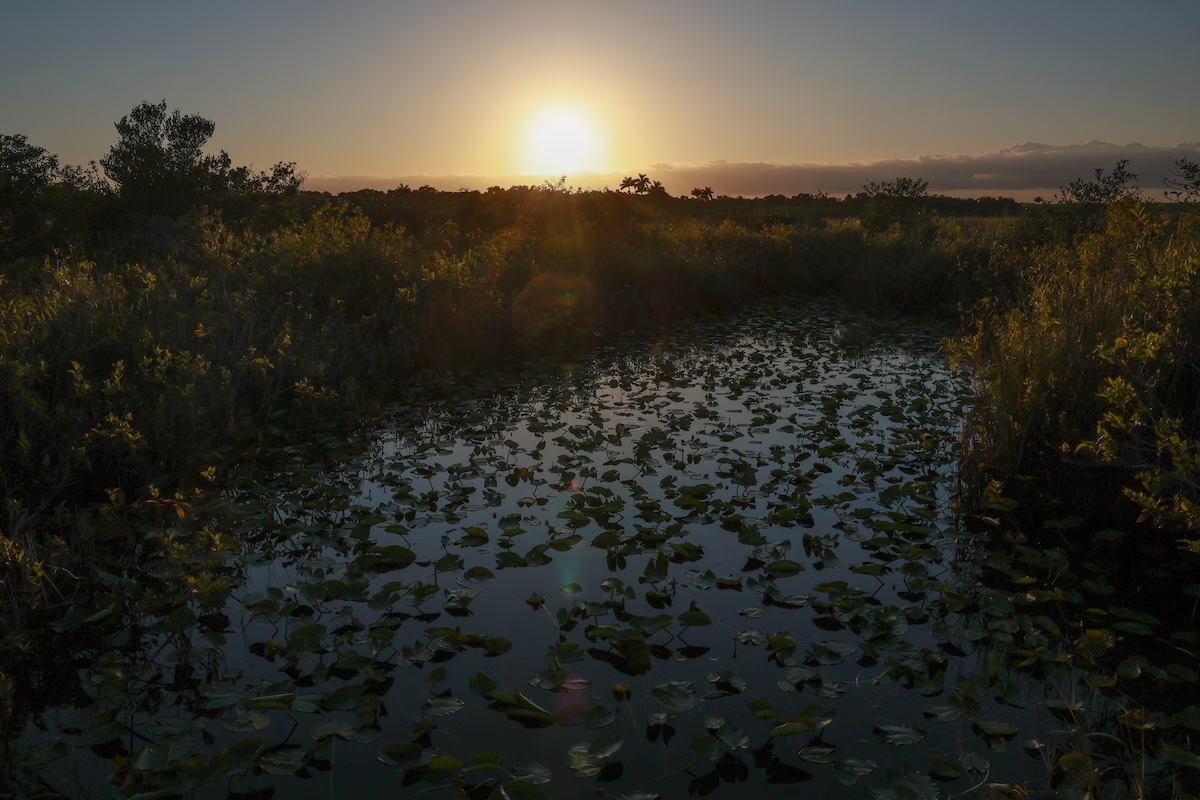Scientists may have solved the mystery behind a top climate threat
from Washington Post
Methane emissions spiked starting in 2020. Scientists say they have found the culprit.
Scientists were baffled — and concerned. Methane is the big question mark hanging over the world’s climate estimates; although it breaks down in the atmosphere much faster than carbon dioxide, it is so powerful that higher than expected methane levels could shift the world toward much higher temperatures.
But now, a study sheds light on what’s driving record methane emissions. The culprits, scientists believe, are microbes — the tiny organisms that live in cows’ stomachs, agricultural fields and wetlands. And that could mean a dangerous feedback loop — in which these emissions cause warming that releases even more greenhouse gases — is already underway.
“The changes that we saw in the last couple of years — and even since 2007 — are microbial,” said Sylvia Michel, lead author of the paper published last month in the Proceedings of the National Academy of Science. “Wetlands, if they are getting warmer and wetter, maybe they’re producing more methane than they used to.”
It’s difficult for scientists to identify all the sources of methane in the world. It comes from leaking oil and gas operations, from cows belching, from landfills and marshes and from thawing permafrost in the Arctic. When methane emissions increase, finding the cause is like solving a complicated algebra problem with too many unknowns.
And it’s a problem that will determine the fate of the climate.
For a time, scientists thought that soaring methane emissions stemmed from the growth in the use of natural gas, which is largely methane. Leaks from drilling or from pipelines can leach the greenhouse gas into the atmosphere.
But the new paper points to microbes as the biggest source of the methane spike. Michel and her co-authors analyzed samples of methane, or CH4, from 22 sites around the globe at a Colorado laboratory. Then they measured the “heaviness” of that methane — specifically, how many of the molecules had a heavier isotope of carbon in them, known as C13.
Different sources of methane give off different carbon signatures. Methane produced by microbes — mostly tiny, single-celled organisms known as archaea, which live in cow stomachs, wetlands and agricultural fields — tends to be “lighter,” or have fewer C13 atoms. Methane from fossil fuels, on the other hand, is heavier, with more C13 atoms.
As the amount of methane has risen in the atmosphere over the past 15 years, it’s also gotten lighter and lighter. The scientists used a model to analyze those changes and found that only large increases in microbial emissions could explain both the rising methane and its changing weight.
“What’s key about their conclusion is that it wasn’t fossil or geological,” saidStanford University professor Rob Jackson, who was not involved in the study and is part of the Global Methane Budget, a project that tracks the sources and emissions of methane across the planet.
The research, however, doesn’t show how many of those emissions were natural or human-caused. While microbes in wetlands are largely natural, the tiny creatures can also pump out methane from reservoirs, agricultural lands and landfills.
Another recent study found that two-thirds of current methane emissions are caused by humans — from fossil fuels, rice cultivation, reservoirs and other sources.
“Methane forms biologically in warm, wet, low-oxygen environments,” Jackson said. “The wetlands of a rice paddy and the gut of the cow are all similar.”
But evidence is also emerging that natural wetlands may be responding to warming temperatures by pumping out more methane. Satellite data from recent years has shown global methane hot spots in the tropical wetlands of the Amazon and the Congo.
“Wetlands will emit more methane as temperatures warm,” Jackson said. “This may be the start of a reinforcing feedback, that higher temperatures release more methane from natural ecosystems.”
Michel says it’s too early to say whether this is the beginning of a vicious cycle. “Are these coming from human-caused changes in freshwater systems, or are they a kind of scary climate feedback?” she said. “I want to be careful about what we can and cannot say with this data.”
Researchers say it doesn’t mean that the world can just keep burning natural gas. If wetlands are releasing methane faster than ever, they argue, there should be an even greater push to curb methane from the sources humans can control, like cows, agriculture and fossil fuels.
Over 100 countries have pledged to reduce their methane emissions by 30 percent by 2030, compared with 2020 levels — but so far, that pledge has yet to see results. Instead, satellite measurements show concentrations are rising at a rate that is in line with the worst-case climate scenarios.
“You can turn a wrench in an oil and gas field to quench methane emissions,” Jackson said. “There’s no wrench for the Congo or the Amazon.”
This story has been updated.





